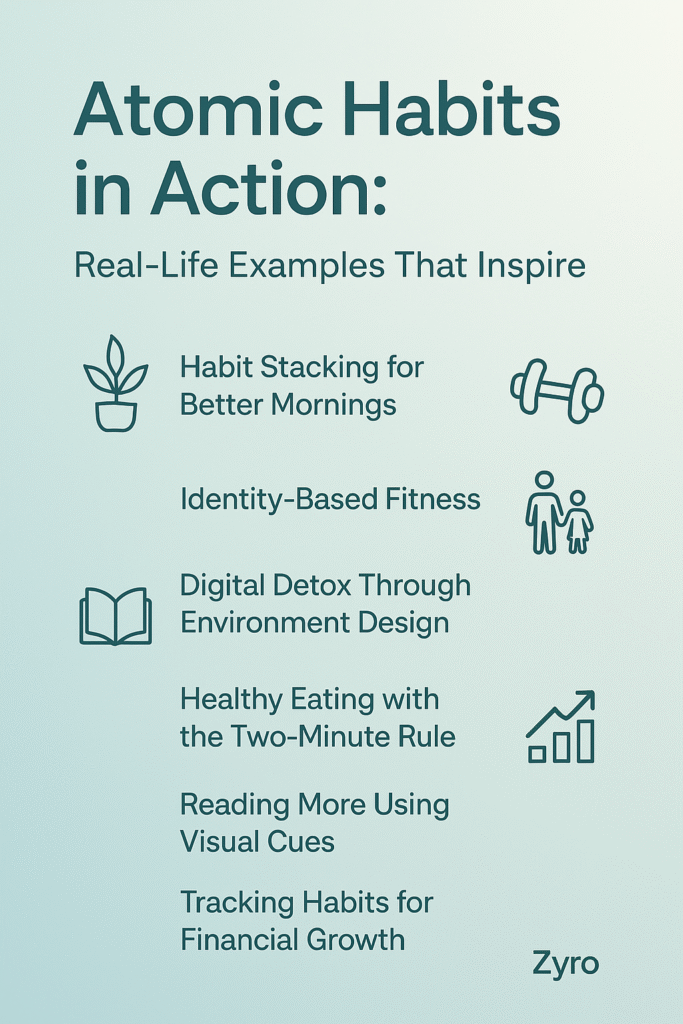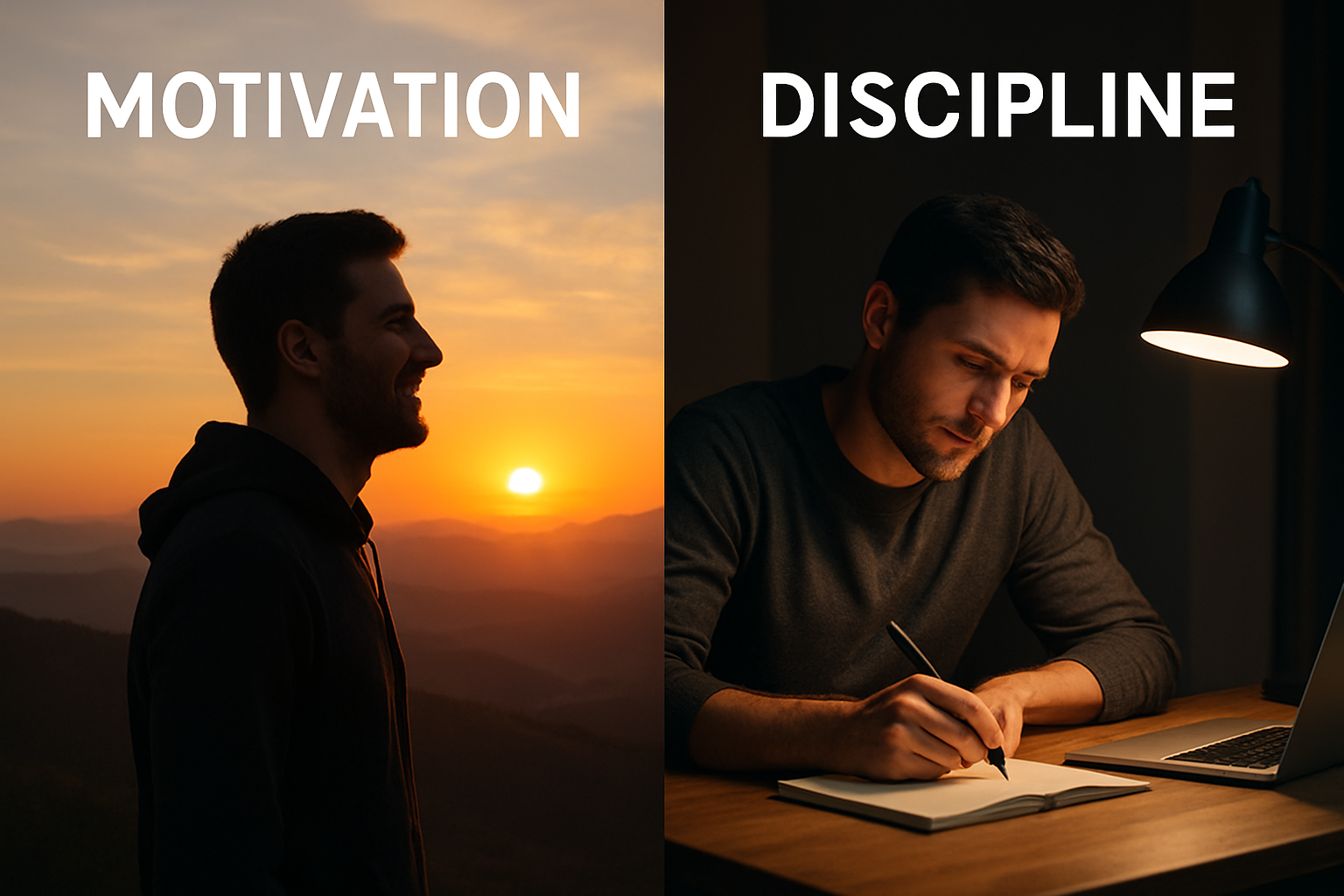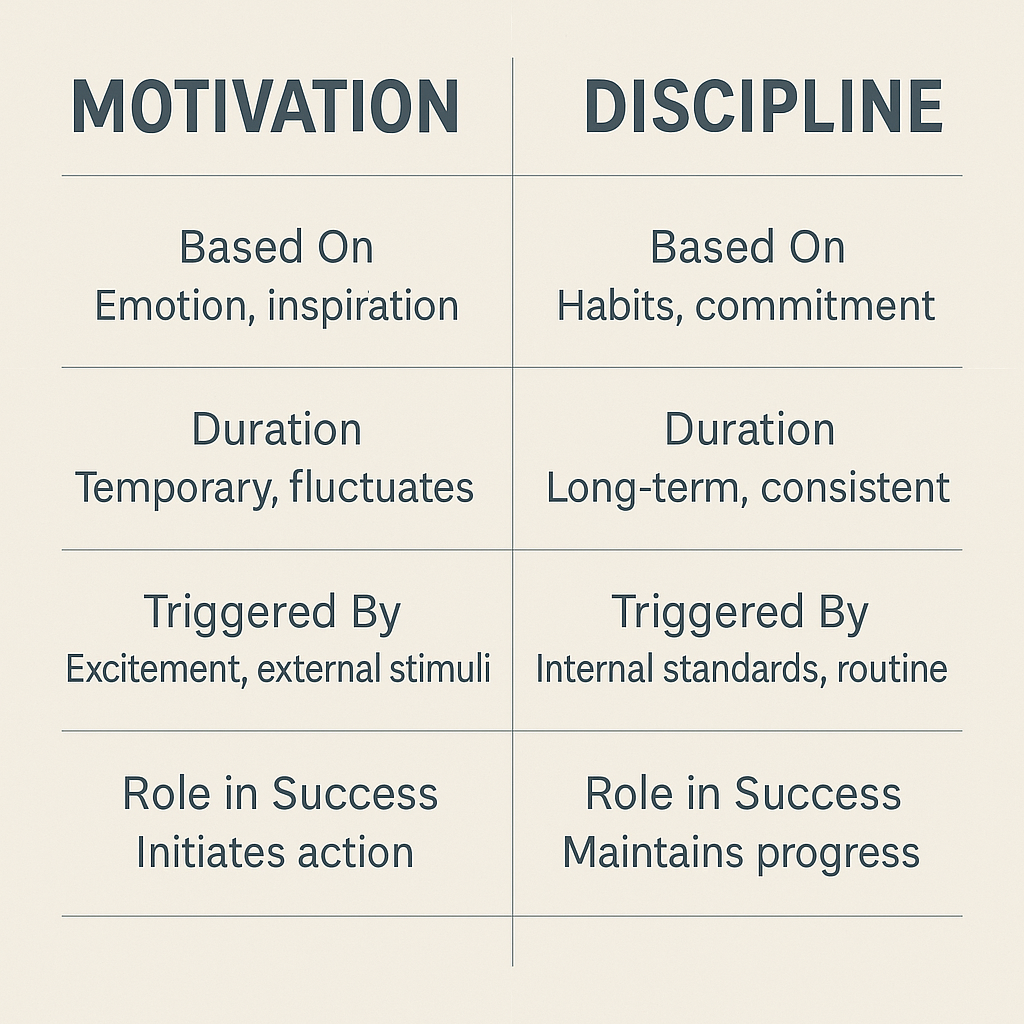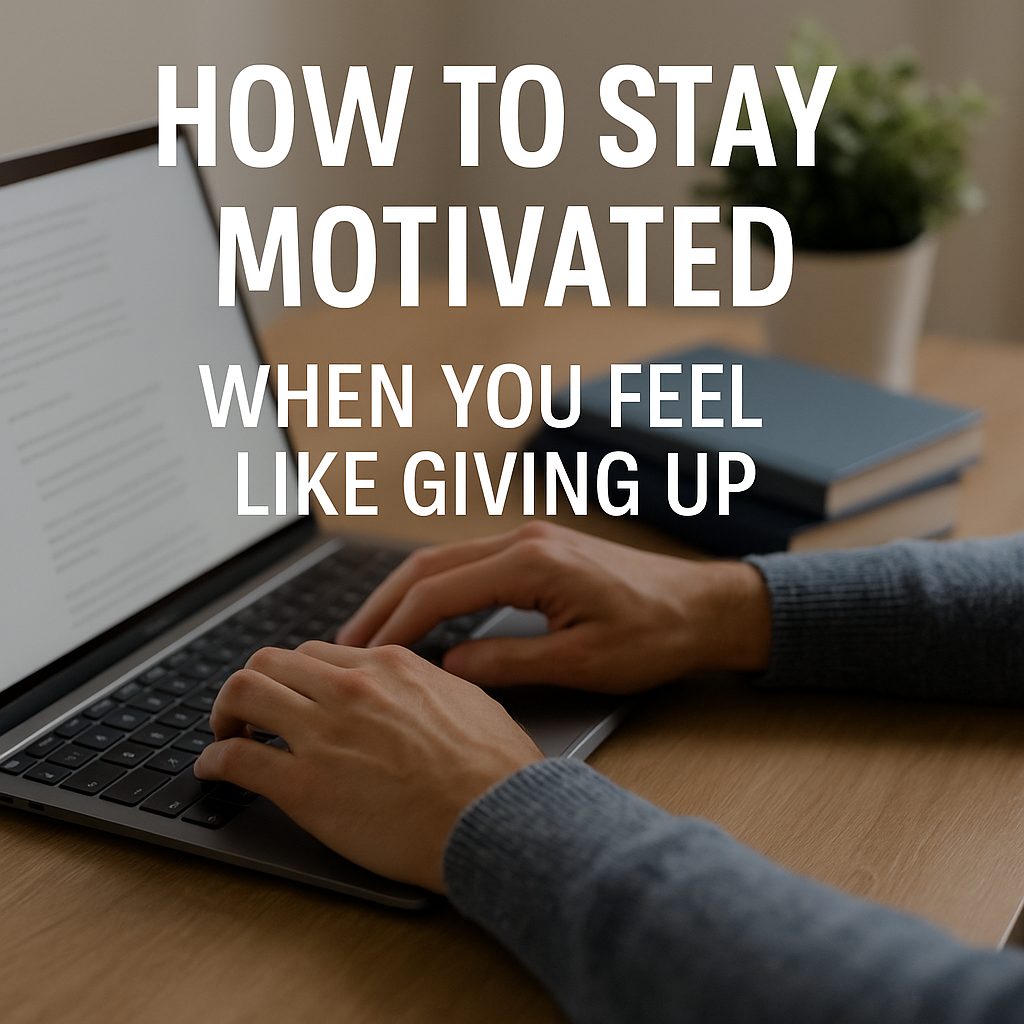
✨ Introduction
Have you ever watched someone chase their dreams fearlessly and wondered where their confidence comes from? It’s not luck, money, or talent—it’s self-belief. This quiet, powerful force allows ordinary people to do extraordinary things. When you trust in yourself, even the most intimidating goals become possible.
🔍 What is Self-Belief?
Self-belief is the internal confidence that you can handle life’s challenges, make good decisions, and grow through failure. It doesn’t mean thinking you’re perfect. It means believing you’re capable and worthy, even when things get tough.
People with strong self-belief:
Bounce back faster from failure
Take more risks (which often leads to greater rewards)
Speak up and express themselves
Trust their own decisions.
🚀 Why Self-Belief Changes Everything
- You Take Action Instead of Waiting
When you believe in yourself, you don’t wait for permission or perfect timing. You act. This separates dreamers from achievers.
- You Don’t Crumble Under Criticism
Constructive feedback helps you grow, but self-belief keeps you from breaking under negative opinions. You learn, adjust, and move forward.
- You Push Past Fear
Fear of failure often holds people back. Self-belief helps you feel the fear—but take the leap anyway. It’s your emotional safety net.
- You Inspire Others
People with self-belief naturally uplift those around them. They become role models, mentors, and motivators without even trying.
🔧 How to Strengthen Your Self-Belief
🌱 1. Start Small and Build Daily Wins
Success builds confidence. Set small goals, complete them, and celebrate every win. These mini-victories create momentum.
Example: Start with a 10-minute morning routine. When you stick to it, you prove to yourself: “I follow through.”
🧠 2. Change the Way You Talk to Yourself
Your inner voice is powerful. Replace “I can’t” with “I’m learning.” Shift from self-criticism to self-encouragement.
Try this mantra: “I am capable. I am growing. I believe in myself.”
✍️ 3. Keep a Confidence Journal
Write down:
Things you did well each day
Compliments you received
Obstacles you overcame
This reminds you of your progress—even when your mind forgets.
🧩 4. Reflect on Past Successes
Think back to times you doubted yourself but still succeeded. Those moments are proof that you can do hard things.
🛑 5. Stop Comparing Yourself to Others
Self-belief grows when you focus on your own journey. You are not behind—you are becoming.
💬 Real-Life Example
Priya, a stay-at-home mom, always dreamed of launching a blog about parenting and self-growth. But self-doubt held her back.
Then one day, she told herself, “I don’t need to be perfect to begin. I just need to believe I can figure it out.”
She started writing one post a week. Readers connected with her honest voice. Now, her blog inspires thousands.
What changed? Not her skills—her belief in herself.
🌈 The Long-Term Power of Self-Belief
Over time, self-belief becomes a habit. It:
Builds resilience during tough times
Fuels motivation when you feel stuck
Helps you bounce back from failure
Leads to authentic success—not one based on others’ expectations
With self-belief, life opens up. You stop holding back. You take bold steps. You grow into your full potential.
✅ Conclusion
Self-belief isn’t something you’re born with—it’s something you build. And the good news? It’s never too late to start.
So, trust your journey. Take that first small step. Speak kindly to yourself. And when in doubt, repeat this:
“I believe in myself. I am worthy. I am enough.”
Because when you truly trust yourself, everything can change.








